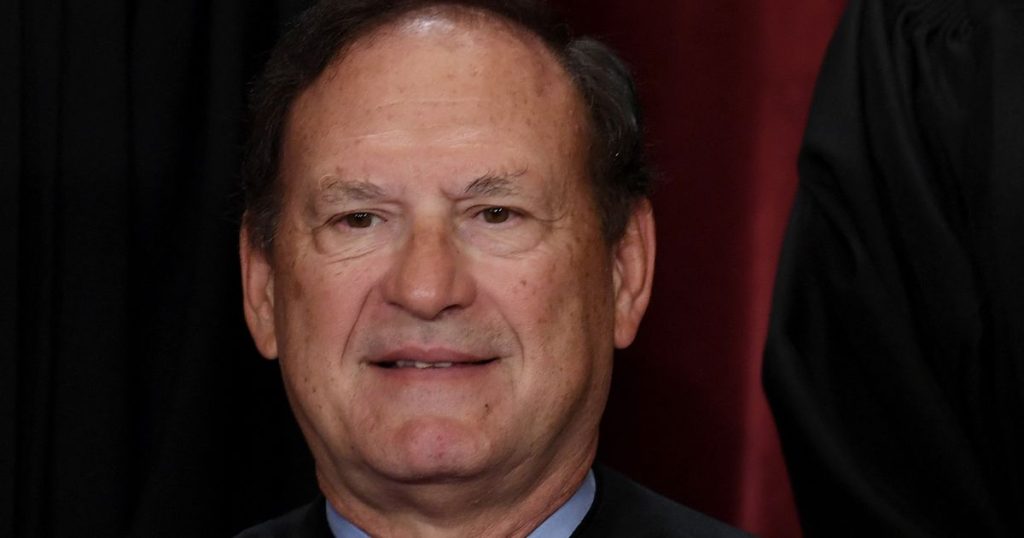In a recent statement, Supreme Court Justice Clarence Thomas acknowledged that an upside-down American flag displayed on his property was the doing of his wife. Thomas, known for his conservative viewpoints, explained that his wife simply made a mistake while trying to hang a Black Lives Matter flag. The upside-down American flag is often seen as a symbol of distress or protest, and its display on the property of a Supreme Court justice sparked controversy and debate.
The incident has drawn attention to the personal lives and beliefs of Supreme Court justices, who are typically expected to remain impartial and independent in their roles as interpreters of the law. Justice Thomas’ explanation of the flag incident sheds light on the complexities of mixing personal beliefs with public roles. Some have criticized his wife’s actions as inappropriate given his position as a prominent figure in the judicial system, while others argue that the display of the flag is a form of free speech protected by the First Amendment.
The American flag holds significant symbolic value for many people, representing ideals such as freedom, democracy, and unity. When displayed upside down, the flag can convey a message of distress, dissatisfaction, or protest. In this case, the display of the upside-down American flag has sparked discussions about the state of the country and the ongoing issues of racial inequality and social justice. It has also raised questions about the role of public figures in expressing their personal beliefs and opinions.
Justice Thomas’ wife’s inadvertent display of the upside-down flag has brought attention to the private lives and personal beliefs of Supreme Court justices, who are often expected to remain impartial and neutral in their professional capacity. The incident highlights the challenges of navigating the intersections of personal and public life, especially for individuals in positions of authority and influence. It also underscores the importance of upholding the principles of the judicial system while acknowledging the rights of individuals to express their views.
The controversy surrounding the upside-down American flag on Justice Thomas’ property has reignited conversations about the power of symbols and the impact of public displays of dissent. The flag, a powerful symbol of national identity and pride, can also be used as a tool for expressing discontent or protest. While some may view the display of the upside-down flag as disrespectful or unpatriotic, others see it as a legitimate form of protest and a way to draw attention to important social issues.
In conclusion, Justice Thomas’ clarification regarding the upside-down American flag on his property highlights the complexities of personal beliefs, public roles, and free speech. The incident has sparked debate and reflection on the role of public figures, the power of symbols, and the right to dissent. As discussions continue surrounding the implications of this incident, it serves as a reminder of the ongoing challenges and tensions inherent in balancing personal convictions with professional responsibilities.


